Here are the 4 characteristics of poetry:
The four essential things that set poetry apart from other creative forms of writing are:
- Structure
- Rhythm
- Form
- Appeal
So if you want to learn all about poetry’s characteristics, then this article is for you.
Let’s jump right in!
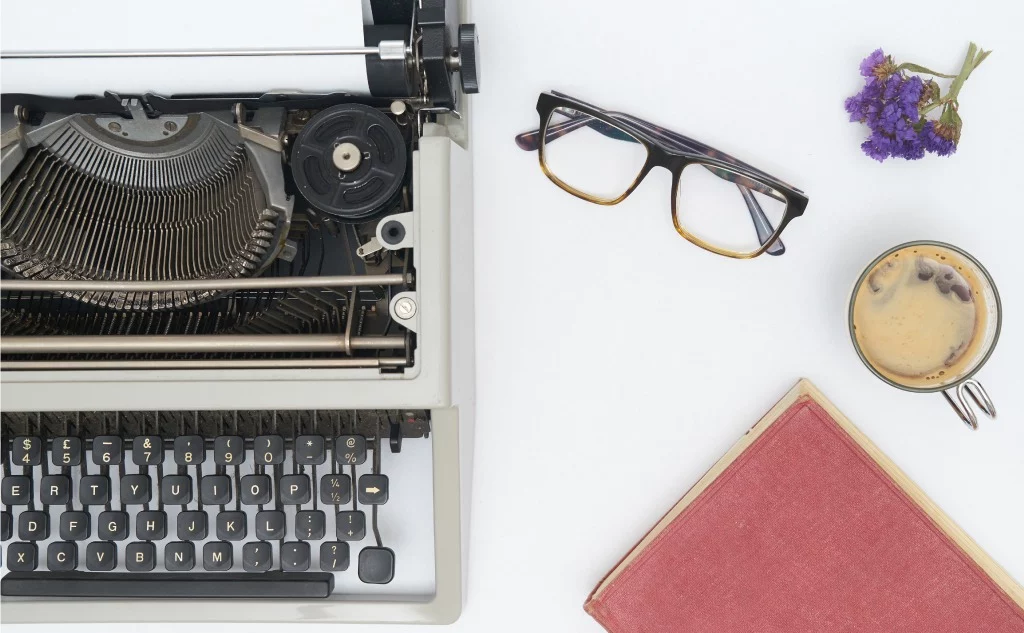
What Are the Characteristics of Poetry? (4 Things)

To write an effective poem, one must first understand what gives poems their unique appeal.
What is it that sets poetry apart from every other form of writing?
The first, most obvious answer is that it has certain characteristics that set it apart.
These characteristics are chiefly structure, rhythm, form, and appeal.
#1 Structure of a Poem
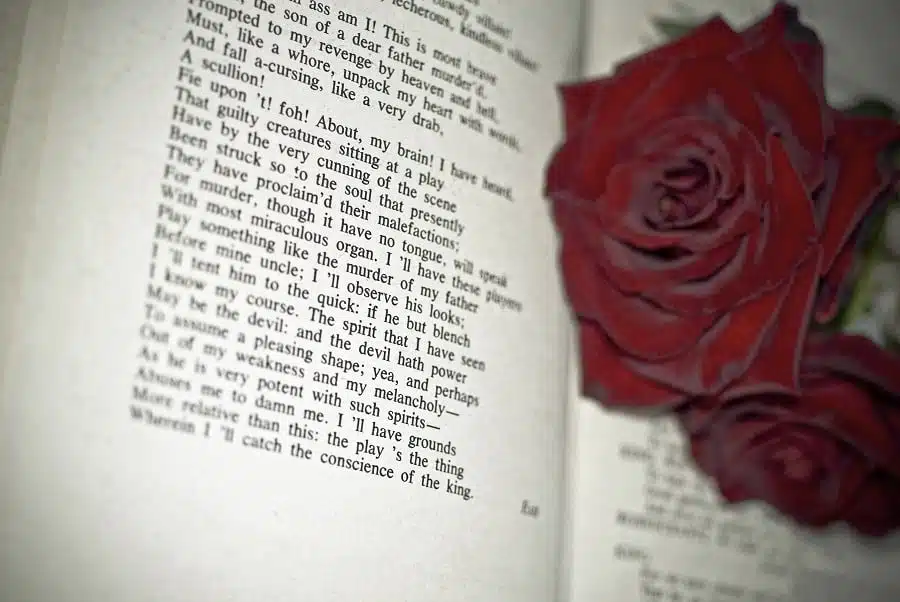
The poem’s structure is the most obvious difference between poetry and prose, and it’s likely the first thing most people think of when asked what the difference between the two is.
You can typically tell that what you’re reading is a poem just by its shape on the page, but that shape has other important purposes.
The division of a poem into lines and stanzas largely clarifies where the reader should pause and think.
Still, it also acts as a form of organization.
A stanza, or group of lines, will generally represent a single moment of the narrative.
Meanwhile, each line represents a thought.
Poems allow us to divide a thought or feeling up into its parts and dissect these pieces individually.
The use of white space between stanzas emphasizes that you have reached the end of one piece of the puzzle that the reader is meant to solve.
#2 Rhythm of a Poem
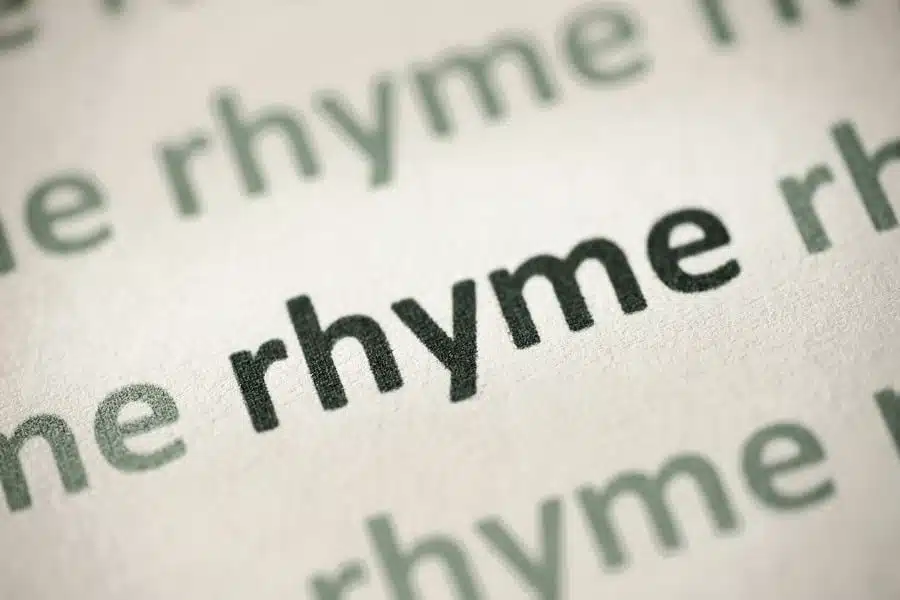
Poetry started out as an oral tradition, with poems being passed by word-of-mouth from person to person.
As such, it should come as no surprise that today’s poetry still retains techniques that make it more pleasing to the ear than a prose piece.
The rhythm of a poem is determined by various factors.
The most obvious form of rhythm is, of course, rhyme.
If a poem has a rhyme scheme or features rhyme at any point within the poem, then that will naturally stand out to the reader and give the poem a pleasing sound.
Rhythm and rhyme are not interchangeable, though.
A poem with no rhyme whatsoever can still have a distinctive beat to the poem.
This is commonly achieved through attention to meter and syllable count.
A metered poem, which sets out a specific pattern of stressed and unstressed syllables, will end up having a rhythmic beat to it, reminiscent of a song.
The meter can be uniform throughout the poem.
Still, there are naturally no rules against changing the meter from line to line or stanza to stanza if done purposefully and artfully.
Even poets who have zero interest in meter would still do well to keep an eye on their syllables.
If one line in a stanza is almost twice the length of the surrounding lines, then it will stand out like a sore thumb and feel unbalanced.
As such, it’s never a bad idea to tighten up the syllable counts to some degree.
Some other ways to make a poem feel more rhythmic are to repeat sounds, words, phrases, or even entire lines or stanzas.
Repeating sounds, in particular, is an easy and wonderful way to make a poem flow a bit better.
Of course, larger repetitions, such as lines and stanzas, should ideally serve a purpose within the piece.
Suppose you’re going to use a particular section of the poem as a repeating chorus. In that case, it should be because cycling back to that thought benefits the piece’s message.
The use of sound-based techniques in a poem may seem like a holdover from old traditions to the untrained eye, but there’s much more to it than that.
Each rhyme links a line to a previous line, and you can use this to indicate connections within the poem.
Instances of repeated sounds or phrases draw attention to a specific thought, allowing you to direct the reader’s focus.
#3 Form of a Poem
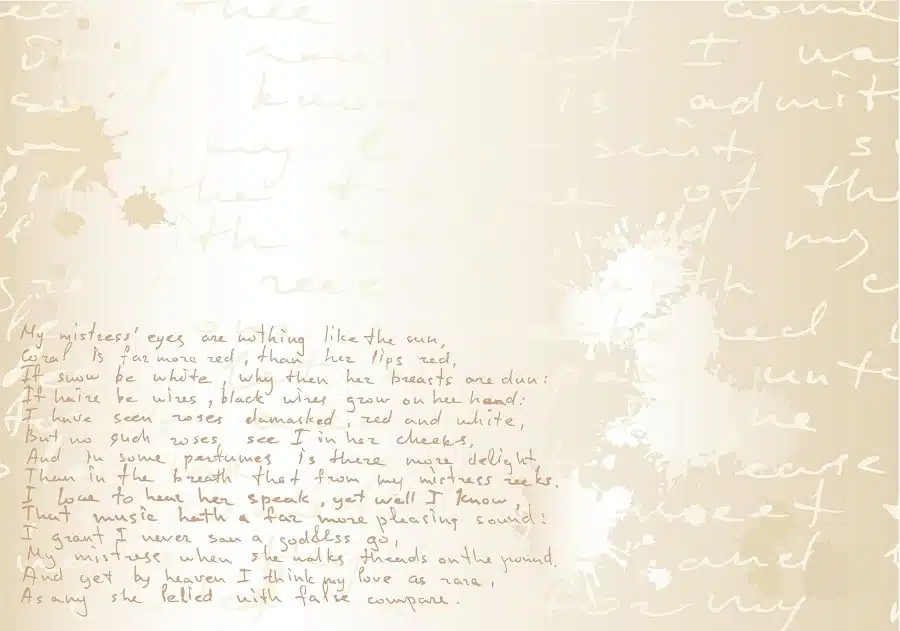
While not nearly as dominant as rhythm or structure, the tradition of form is a part of poetry’s history.
Moreover, it will probably continue to be a part of it for quite some time.
There was a time when standardized forms like sonnets and villanelles were considered the only “true” poetry, with little room for the free verse we enjoy today.
These limitations weren’t all bad, though.
Poets learned to push up against the rules and regulations of their preferred forms, coming up with unique flashes of creativity that used the forms to benefit the writing instead of its detriment.
However you may feel about these traditional forms, there’s a lot to learn from them.
Sonnets demand that the writer looks at a single theme from multiple angles.
The merciless repetitions within a villanelle are perfect for expressing a feeling of being trapped within a cyclical thought process like anger or grief.
Learning to write in various forms is a good exercise for new writers to undertake.
But, of course, you may ultimately decide to discard all traditional forms in the interest of free verse.
Still, you would be doing so with a greater knowledge of structure and rhythm than you had before.
As a result, you may get an intuitive feel for which stanza and line lengths best fit which feelings and topics.
#4 Appeal of a Poem
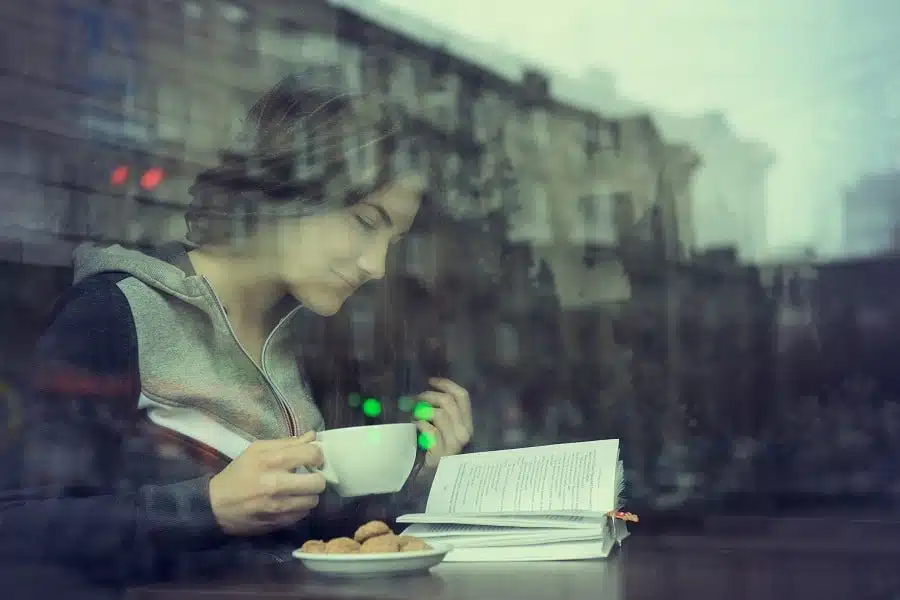
Of course, all of this preliminary information only scratches at the overall appeal of a poem.
Exactly what topics suit a poem better than they would a short story? Well, the ultimate answer you arrive at can differ from writer to writer.
Personally, I would argue that you should write a poem when you’re trying to better understand, explore, and share a feeling.
The grief of a loss.
Your first unrequited love.
A deep-seated hatred that you don’t know how to justify.
The structure of a poem allows us to break these abstract thoughts into individual pieces, the stanzas.
Rhythm can be used to form connections and focal points, directing the reader through the feeling.
If all else fails, you can search for forms used to portray similar feelings throughout history.
Every poem is a heartfelt conversation between the poet and the reader.
It doesn’t need to be a clear, chronological recounting of the events.
Simply throw your best scribbles at the human heart and see if you can get them to stick.
